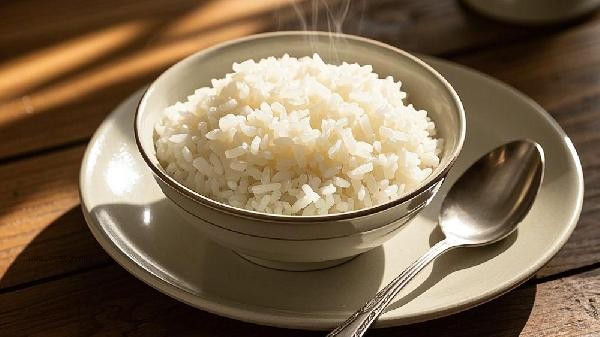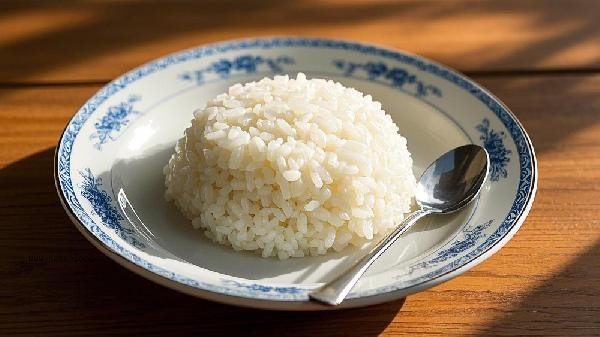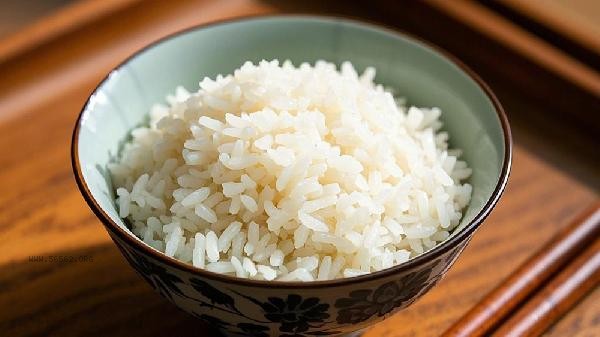The satiety of rice is usually stronger than that of meat, but the specific effect varies from person to person. The differences in satiety are mainly related to factors such as dietary fiber content, digestion speed, blood glucose response, protein ratio, and eating habits. As a staple food, rice contains more carbohydrates and dietary fiber, especially brown rice or mixed grain rice, which have a higher content of dietary fiber. Dietary fiber absorbs water and swells in the stomach, which can slow down gastric emptying and create a lasting sense of fullness. After the starch in rice is digested, it will be converted into glucose, causing fluctuations in blood sugar levels. The process of blood sugar rising and falling will also transmit signals of satiety to the brain. Although meat has a high protein content, it lacks dietary fiber and has a fast digestion and absorption rate. Protein takes longer to break down, but the satiety produced solely by protein has a shorter duration. Some high-fat meats may delay gastric emptying due to fat, but excessive fat intake may lead to other health problems. Different cooking methods can also affect satiety, for example, stewed meat has a longer lasting satiety than fried meat.

It is recommended to combine rice with moderate lean meat according to personal physique and activity level, which can prolong satiety time and ensure nutritional balance. For those with weak gastrointestinal function, it is advisable to reduce the proportion of coarse rice and increase the use of easily digestible white rice paired with steamed fish. People who want to control their weight for a long time can choose high fiber mixed grain rice as a priority, combined with low-fat and high protein chicken breast or shrimp, and avoid fried meat. Careful chewing and slow swallowing can help enhance satiety signals, and pairing sufficient vegetables with each meal is more beneficial for healthy weight management.










Comments (0)
Leave a Comment
No comments yet
Be the first to share your thoughts!